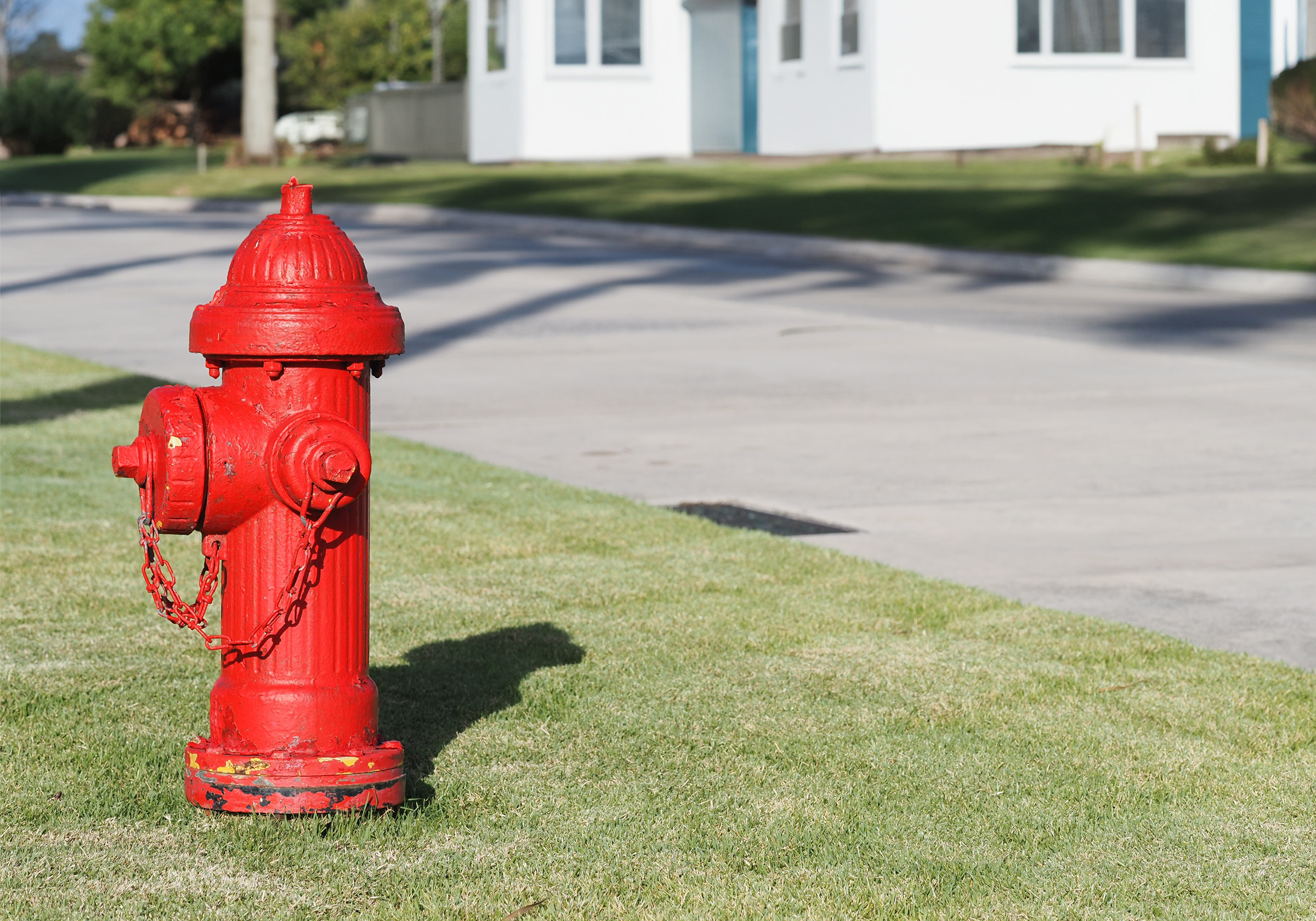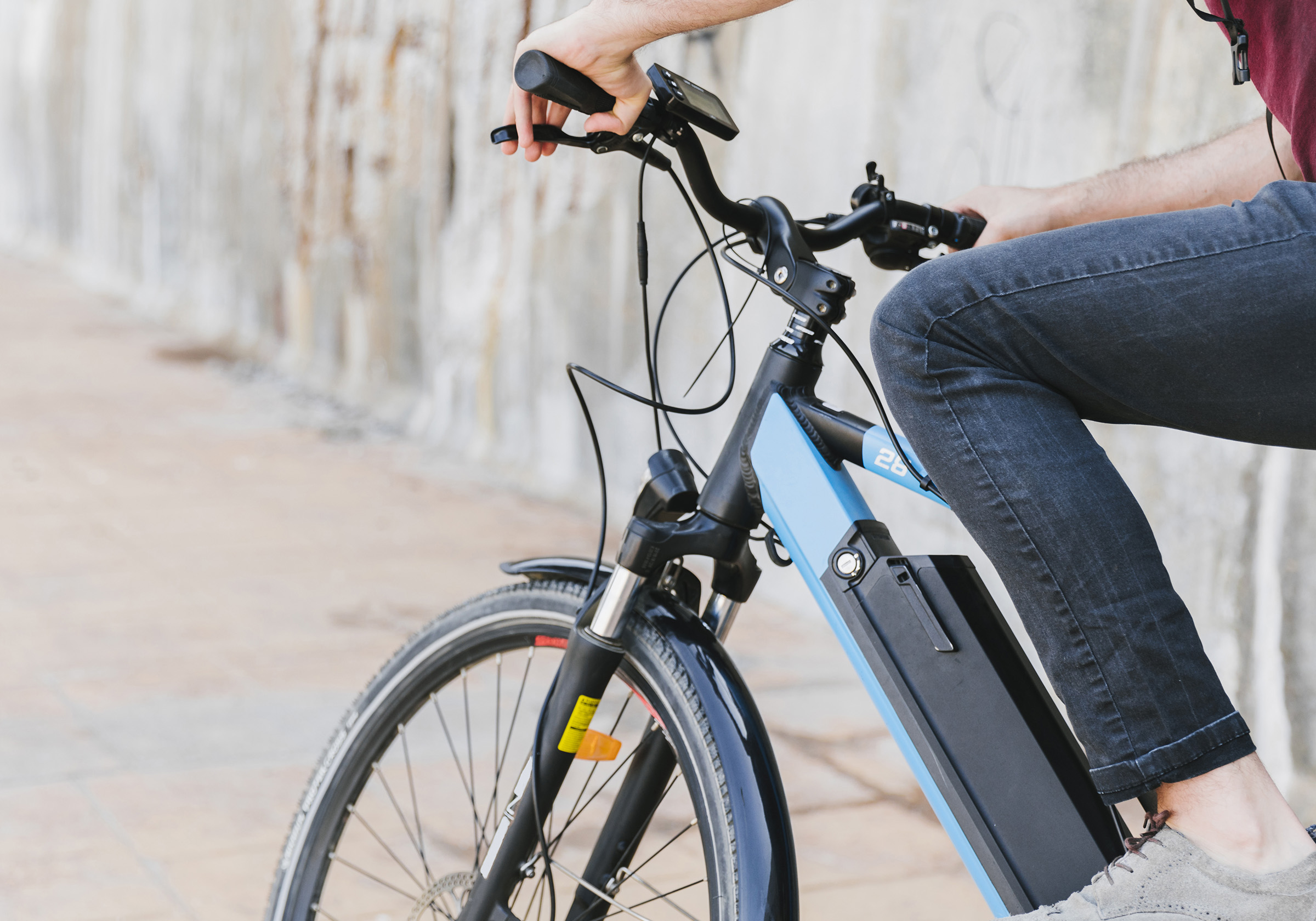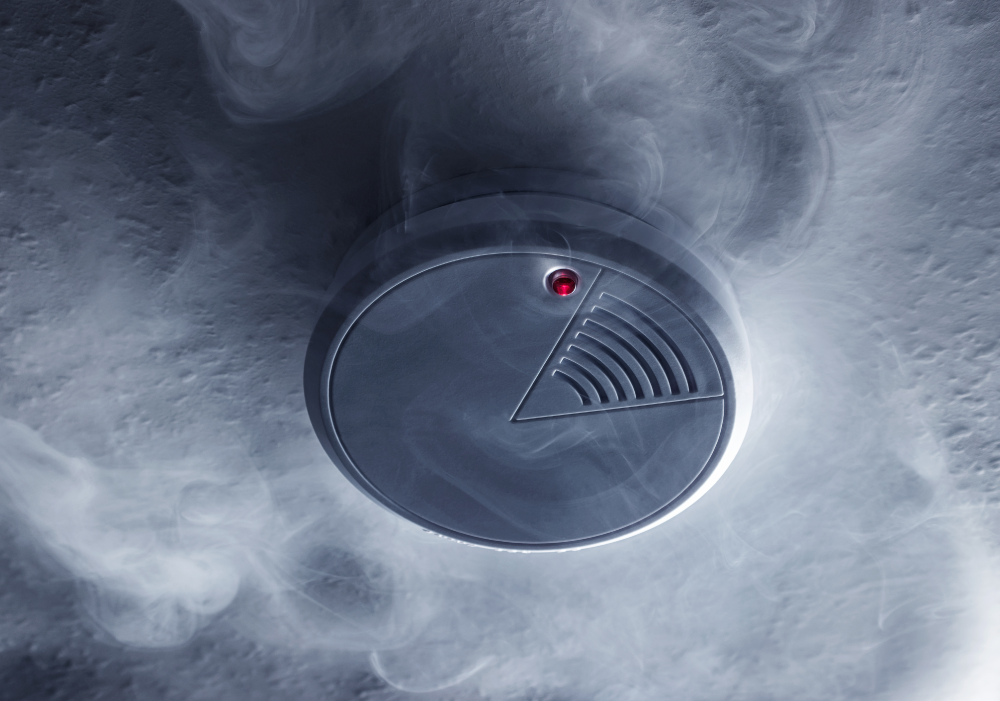Fire hydrants play an instrumental role in fire protection, providing water to put out fires. Preventing structure loss and saving lives depends on the availability, abundance, and usefulness of water and the hydrant that delivers it.
Not all fire hydrants are created equal. Our Customer Service team says questions about fire hydrants come up frequently. You’d think it would be obvious whether a hydrant is creditable or not, but fire hydrants come in many shapes and have different features.
To help you best evaluate risks, it’s important to understand how WSRB characterizes hydrants. In this blog post, we’ll review the attributes of creditable and non-creditable hydrants.
For a hydrant to be creditable, it must:
- Be capable of delivering at least 250 gallons per minute (GPM) at 20 pounds per square inch (PSI) for two hours plus maximum daily consumption.
- Be an approved frost-proof design and available all year.
- Have at least two standard 2 ½ inch hose outlets.
- Supplied by a pipe not less than four inches in diameter.
A closer look at creditable fire hydrants
A picture tells a thousand words, so let’s look at some common hydrants through the eyes of a WSRB inspector.
A typical public fire hydrant like the one below is creditable for the following reasons:
- It is connected to a municipal, public utility district, or water district water system that provides water to multiple customers.
- It has two, 2 ½ inch outlets, a pumper port, and is connected to a main that is greater than four inches in diameter.
- Its valve is located underground, on the lower portion of the hydrant, keeping the fire hydrant dry and frost-proof.
This is an example of a “dry hydrant” design, which is approved for year-round use.
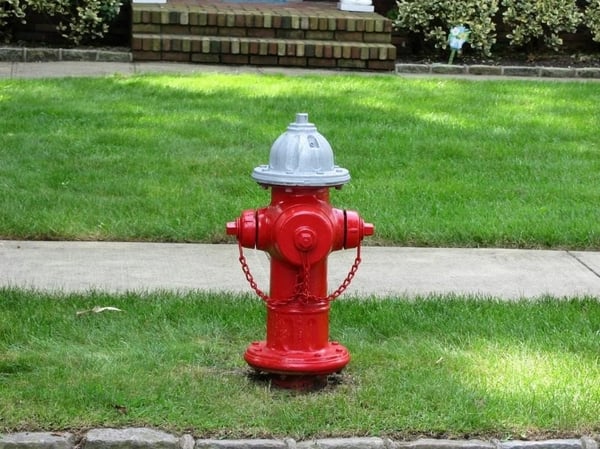 This fire hydrant is creditable for fire protection.
This fire hydrant is creditable for fire protection.
Related:
Is There Meaning Behind the Color of a Fire Hydrant?
A non-creditable hydrant
Next up is an example of a non-creditable hydrant. This standpipe isn’t recognized for an insurance rating credit because:
- It’s connected to a private water system.
- It’s not capable of delivering 250 GPM at 20 PSI for two hours and is less than four inches in diameter.
- It’s not a frost-proof design.
While it’s probably better than nothing, a standpipe hydrant like this doesn’t provide enough protection to be creditable.
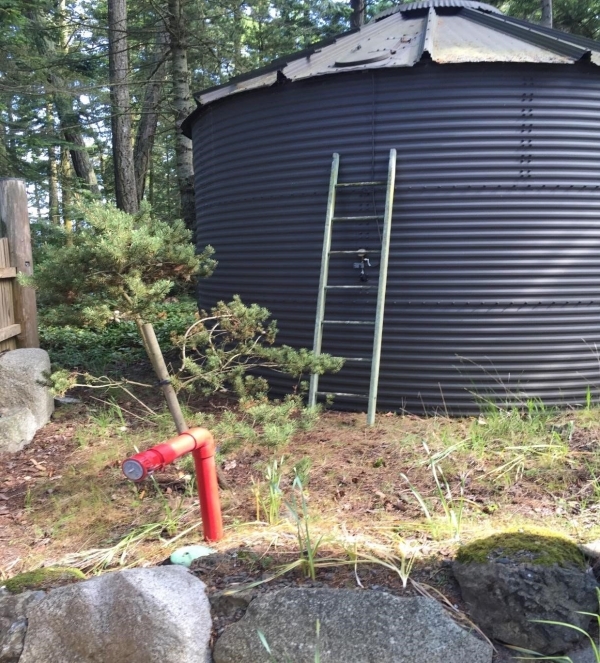 This standpipe is not creditable.
This standpipe is not creditable.
Related:
If Fire Strikes, Make Every Second Count: Access to Hydrants
A potentially creditable hydrant
Here’s a hydrant that falls into the maybe creditable category. It shows a pipe four inches in diameter or greater with a pumper port allowing the fire department to connect to.
To recognize this hydrant, WSRB would require additional information, asking questions like:
- Is the system approved by the local fire department?
- Is the water source capable of supplying water 365 days a year?
- Is the road leading to the hydrant available year-round?
- Is the lift from water to hydrant not greater than 15 feet?
- Does the intake have a screen to keep out debris?
- Is the water source inspected quarterly and flow tested annually?
- Finally, what is the available flow rate in GPM?
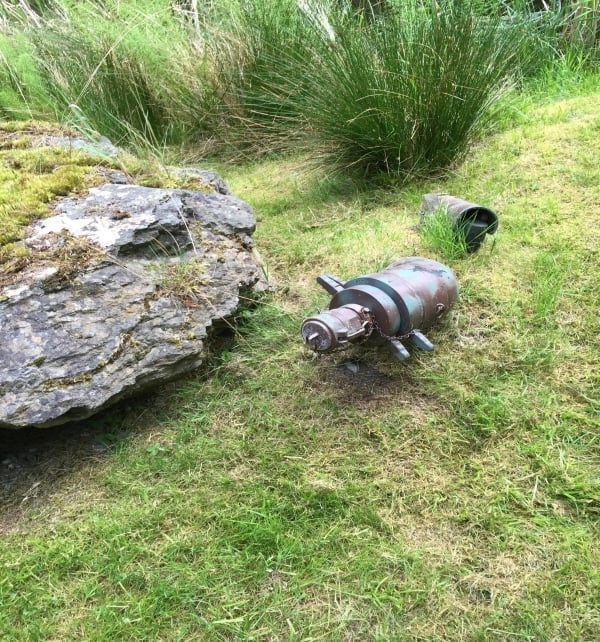 This hydrant might be creditable, depending on several factors.
This hydrant might be creditable, depending on several factors.
These are just a few examples of different hydrants in the communities we serve. Because there is so much variation, each hydrant needs to be evaluated in order to determine its creditability.
If you have a question about fire hydrants, don’t hesitate to ask. At WSRB, we’re here to help clear up any confusion about these varied — and vitally important — elements of fire protection that help save property and lives.




